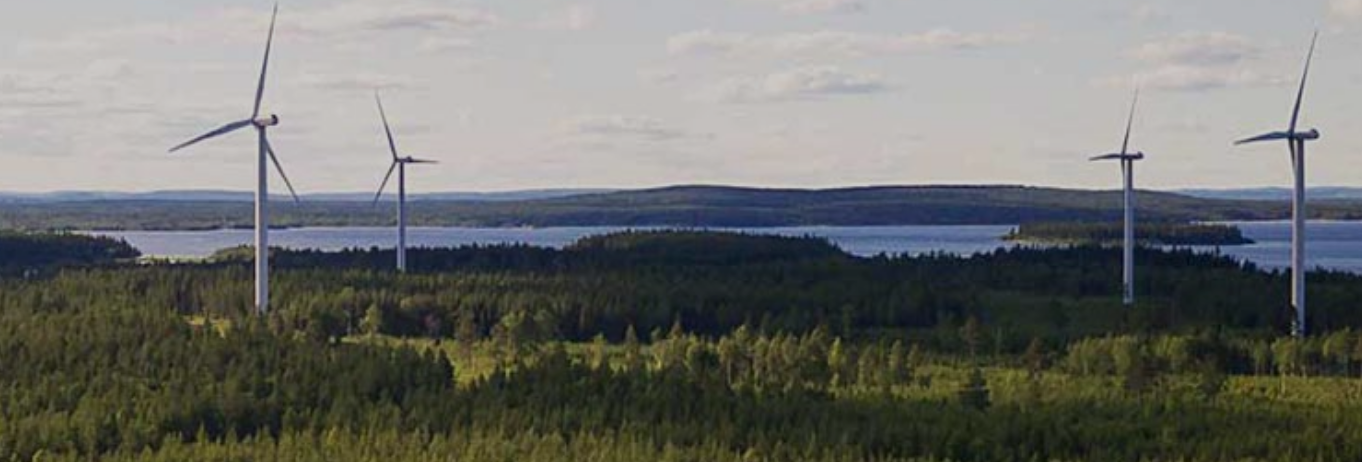A carbon sink is any reservoir, natural or otherwise, that accumulates and stores some carbon-containing chemical compound for an indefinite period and thereby lowers the concentration of CO2 from the atmosphere.1 The main natural carbon sinks are soil, forests and oceans and it follows that any impact on the size of these carbon sinks has an impact on the CO2 in the atmosphere.
Tomi Nyman, Chief Commercial Officer of Woodly, explains this in more detail: ”When carbon from the atmosphere is absorbed via the photosynthesis of carbon dioxide into plants, producing carbohydrates such as cellulose, the carbon is stored into the plants and trees. The trees grow, die and decay and during all these phases they also release carbon dioxide into the atmosphere. When more carbon is absorbed than released by the trees and the entire forest, or some other type of biomass, it is then considered a carbon sink.”
One form of carbon sink is a carbon store. Carbon storages, for example the soil and forests, store atmospheric carbon into a matrix for a long period, but which will release the carbon dioxide at some point of the lifecycle, e.g. in decomposing or in energy production via incineration. Woodly® can be one example of a carbon store, especially owing to its potential to be recycled multiple times with minimal degradation. Tomi explains: ”Let’s say, in the first round Woodly® is used to make food packaging. Then in the next 5 rounds, Woodly® is recycled to make electronics packaging, textile packaging etc. and in the final round it is recycled to make automobile parts, for example bumpers or dashboards. In this scenario, the total lifetime of the Woodly® product could be around 25 years. As a result, we have created a storage of atmospheric carbon dioxide that has lasted 25 years in various different products, made from Woodly®.”
Activities, such as planting new forests, rehabilitating degraded forests and enriching existing forests have the potential to influence carbon sequestration. Both increasing of carbon sinks and developing of carbon storages in durable products contributes to climate change. In a nutshell, carbon sinks are good for the atmosphere and for the planet.
www.woodly.com
